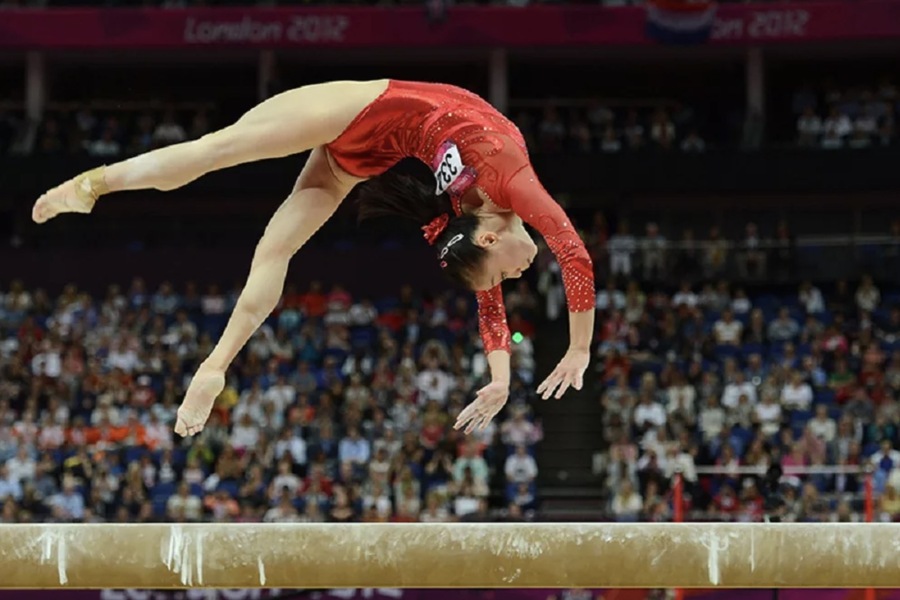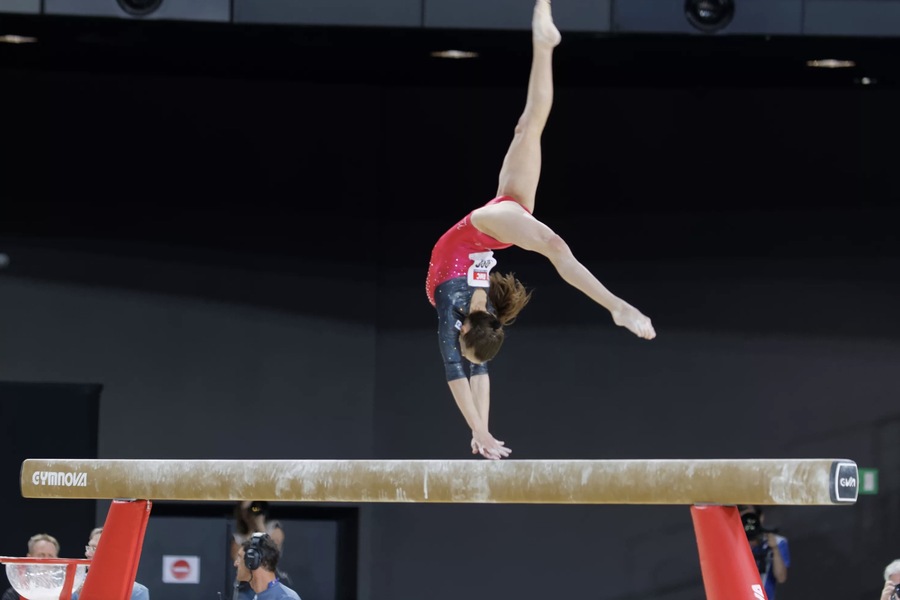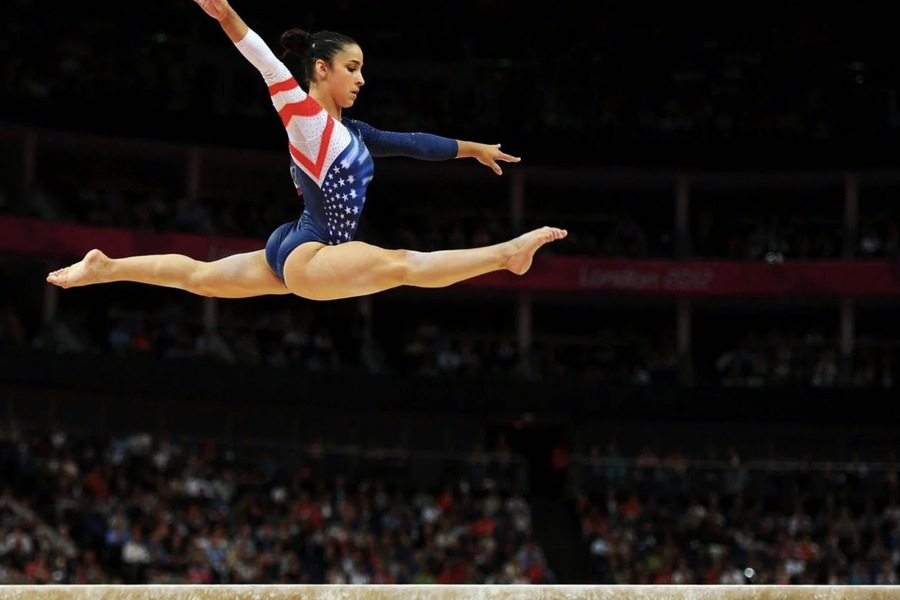How Artistic Gymnastics Can Enhance Other Athletic Skills

Artistic gymnastics demands a high degree of physical fitness, coordination, and mental acuity. The benefits gained from training in this discipline can be extensive and effectively translate to various other athletic endeavors. This article explores how skills developed in artistic gymnastics can enhance performance in other sports, detailing the specific physical, technical, and psychological advantages.
Strength and Power
Artistic gymnastics offers a clear advantage in terms of building strength and power. Gymnasts showcase their impressive strength and agility through their routines, often involving challenging apparatus like rings, parallel bars, and floor exercises. This strength goes beyond the surface level and has practical applications, allowing individuals to have control over their bodies and move through space.
For example, athletes in sports like football, basketball, and rugby can benefit from the core and limb strength that gymnastics develops. The explosive power needed for gymnastic vaults and tumbling passes enhances an athlete’s ability to sprint, jump, and tackle more effectively. Research has shown that strength training, similar to that performed by gymnasts, can improve sprint performance and jumping ability, key components in many team sports.
Flexibility and Mobility
Flexibility is another critical component of artistic gymnastics. Gymnasts routinely engage in stretching and flexibility exercises to perform splits, backbends, and other movements that require a wide range of motion. This flexibility is crucial not only for the execution of gymnastic routines but also for preventing injuries.
Sports like soccer, martial arts, and dance benefit significantly from the enhanced flexibility gained through gymnastics training. Flexible muscles and joints reduce the risk of strains and sprains, which are common injuries in many sports. Additionally, greater mobility can lead to improved technique and performance. For instance, in martial arts, high kicks and fluid movements are enhanced by the flexibility developed in gymnastics.

Balance and Coordination
Artistic gymnastics requires a high level of balance and coordination. Performing on the balance beam or executing a complex series of flips on the floor demands precise body control and spatial awareness. These skills are transferable to virtually every sport.
Balance is paramount in activities such as surfing, skateboarding, and skiing. Gymnasts’ training enhances their ability to maintain stability on an unstable surface or during dynamic movements. Coordination, the ability to synchronize different body parts effectively, is crucial in sports like tennis, baseball, and hockey, where hand-eye coordination and timing are key to success.
Agility and Speed
Gymnastics training enhances agility and speed, critical elements in many sports. The quick directional changes, rapid movements, and explosive actions performed by gymnasts improve their overall agility. This agility is beneficial in sports requiring quick reflexes and fast-paced movements, such as basketball, volleyball, and fencing.
A study by the Journal of Strength and Conditioning Research found that agility training, akin to that in gymnastics, significantly improves an athlete’s ability to change direction quickly and effectively, a skill crucial in many competitive sports.
Mental Toughness and Focus
The psychological demands of artistic gymnastics are significant. Gymnasts must maintain focus and composure under pressure, often performing complex routines in front of large audiences and under strict judging criteria. This mental toughness is invaluable in competitive sports environments.
Athletes in sports like golf, archery, and competitive shooting can particularly benefit from the focus and mental discipline developed in gymnastics. The ability to concentrate intensely, manage stress, and maintain performance under pressure are skills that translate directly to any sport requiring high mental acuity and precision.
Body Awareness and Control
Artistic gymnastics enhances body awareness, also known as proprioception and control. Gymnasts develop a keen sense of where their body is in space, allowing them to execute precise movements accurately. This awareness and control are beneficial in sports that require intricate and controlled movements.
For example, in diving, athletes must precisely understand their body position to execute dives correctly. Similarly, in sports like figure skating and ballet, the ability to control and manipulate body movements is essential for performance and aesthetics.
Injury Prevention
The conditioning and training routines in artistic gymnastics place a strong emphasis on injury prevention. Gymnasts learn proper techniques for landing, falling, and absorbing impacts, which can significantly reduce the risk of injuries. These techniques are beneficial for athletes in any sport.
In high-impact sports like American football, rugby, and basketball, the ability to fall correctly and absorb impacts safely can prevent common injuries such as fractures and ligament tears. The strength and flexibility developed in gymnastics also contribute to a more resilient body that is less prone to injuries.

Cross-Training Benefits
Artistic gymnastics can serve as an excellent cross-training activity for athletes from other sports. Cross-training involves engaging in a different sport or exercise to improve overall performance and reduce the risk of overuse injuries. Gymnastics provides a comprehensive workout that enhances strength, flexibility, balance, and coordination, making it an ideal complement to any athlete’s training regimen.
For instance, a swimmer might use gymnastics to improve core strength and flexibility, aiding in more efficient and powerful strokes. A runner might benefit from balance and coordination training to improve stride efficiency and reduce the risk of falls.
Enhanced Motor Skills
The complex movements and routines in artistic gymnastics improve fine and gross motor skills. Fine motor skills involve small, precise movements, while gross motor skills involve larger movements. Both are essential for athletic performance.
In sports like baseball, where batting requires precise hand-eye coordination and control, the fine motor skills developed in gymnastics are highly beneficial. Gross motor skills, such as those used in sprinting or jumping, are enhanced by the overall body conditioning and control inherent in gymnastics training.
Conclusion
Artistic gymnastics provides a robust foundation for enhancing athletic skills across a wide range of sports. The strength, flexibility, balance, agility, and mental toughness developed through gymnastics training are invaluable assets for any athlete. By integrating gymnastics principles into their training routines, athletes can achieve improved performance, reduced injury risk, and greater overall athleticism.
Understanding the multifaceted benefits of artistic gymnastics highlights its importance not only as a competitive sport but also as a critical component of athletic development. Whether for professional athletes seeking an edge in their sport or recreational athletes aiming for better fitness and performance, gymnastics offers a comprehensive and effective training approach.

Fixie owner, dreamer, audiophile, hand letterer and fullstack designer. Performing at the junction of simplicity and elegance to develop visual solutions that inform and persuade. Concept is the foundation of everything else.